‘The Rapé Created by the Hands of the Caucho People
The production of the Canela de Velho (Old Man’s Cinnamon) Rapé offered by Sacred Medicine to our customers all around the world happens at the Igarapé do Caucho village, located in the Indigenous Land that possesses the same name, in the Taraucá county, on the state of Acre, in northern Brazil. In this area live, approximately, 900 individuals that compose the 187 families of the Pano linguistic group.
Check out this Sleek Magazine interview with Rita, a member of the Huni Kuin community!
What goes into the Huni Kuin Rapé – Canela de Velho
Amongst the medicinal ingredients used to create this Huni Kuin Rapé, the ashes of a tree commonly known as Canela de Velho (Old Man’s Cinnamon) and Sabiá Tobacco.
Sabiá Tobacco
This Nicotiana rustica variation can be found in the form of ropes or thick vines that are used in the production of indigenous medicines. The twisting of these ropes doesn’t occur naturally, but is the final product of a process that involves the harvesting, drying, and fermentation of Sabiá tobacco leaves, before the cylinders of tobacco rope can be handmade during the production process. For that very reason, this ingredient can also be called “rope tobacco”.
Rapé blends that are made using this form of Nicotiana are considered particularly potent by users of native medicine, and are frequently used in traditional healing ceremonies and sacred rituals, since shamanic culture states that it can offer great curative power both for the body and for the spirit.
Canela de Velho
Miconia albicans, a plant rich in bioactive compounds (components that are present in the constitution of animals, vegetables, and medicines that help in the prevention and the treatment of certain diseases) such as flavonoids, rutin, alpha-amyrin, and quercetin. When added to the shamanic snuff mixture, the compounds of this plant provide anti-inflammatory, antioxidant, and analgesic properties to the benefits the medicine can offer. Known as Canela de Velho (Old Man’s Cinnamon), this plant is a popular ingredient that is frequently used in the production of natural treatments for rheumatism and arthrosis, since native healers appreciate it for the soothing effects on symptoms such as joint pain, swelling, and inflammation.
Although some of its effects are comparable, too, to a tree called Caneleiro (Cenostigma macrophyllum Tul), the sensations described by practitioners of natural medicine that is made using Canela de Velho are very specific and particular to the consuption of this plant. Some of the possible benefits that are commonly associated with the ashes of this plant, as well as other plant parts, are: postponing signs of aging on skin and preventing diabetes and certain types of cancer, since its components can protect cells from the damage caused by free radicals.
If you’d like to know more about Rapé, click here.
Who are the Huni Kuin
Considered the biggest ethnic group across the Acre state, while also being present in south Amazon, the Huni Kuin group is made up of more than a hundred different villages spread across the rivers Breu, Envira, Humaitá, Muru, Purus, and Tarauacá. Certain records show traces of these communities’ villages from the base of the Peruvian Andes all the way to the borders of Brazil. The term Huni Kuin, which can be translated to “true men” or “true people,” designates a conjunction of indigenous groups that belong to the Pano linguistic group, and sometimes replaces the term Kaxinawá, which is also used to refer to the same community.
Cultural Aspects
The culture of the Huni Kuin is rich in rituals, such as the Nixpupimá, an initiation rite of the Kaxinawá, that pinpoints the moment in which children’s genders start to distinguish them from one another (boys/girls), so each can begin their work and do chores assigned based on such aspects. This ritual is considered by some scholars that have observed the Huni Kuin traditions to be comparable to a sort of “baptism”. The Katxanawá is yet another notable custom, also referred to as the ritual of fertility, that may happen several times a year and involves both singing and dancing, a ritual in which both men and women participate equally. Txidin, Dau, and distinct marriage traditions are just a few more examples of rites celebrated by this group.
Shamanism
To the Huni Kuin, Shamanism carries a certain duality. While some believe the true shamans, called Mukaya, are no longer alive, members of this community still engage in shamanic practices that differ from the “traditional” ways of the Mukaya. Each Kaxinawá group displays unique shamanic customs, yet a common aspect to most, if not all, of modern shamans is the discretion regarding their skill and power to promote healing and/or instigate sickness.
If you’d like to know more about the Huni Kuin, you can check out this video (subtitles available) and read about them here.
The Power of Healing of Shamanic Snuffs
Most people draw parallels between using different types of Rapé and the spiritual transcendence of Pajés (healers) and Shamans, as well as the need for physical healing due to certain health issues. The knowledge required both for the making and the use of this sacred medicine demands dedication to be achieved, respect to be made use of, and gratefulness so that the powers of Nature may gift the human body, the mind, and the spirit with its healing.
This shamanic powder is an essential part of medicina practices belonging to the customs and traditions of countless native communities that have seen their origins both in Central and South American territories. The rites associated with Rapé – be it related to its production or use, to the practices that precede a certain ceremony, what unfolds during a ritual, or even the care that’s needed after taking rapé – are, themselves, also considered incredibly sacred.
What are the effects of Rapé?
Spiritually and mentally speaking, this snuff can be a great help in the cleansing of thoughts and energy, aside from offering a certain “boost” or strengthening of intentions and the effects other natural medicines that are present in sacred rituals, as well as the amplification of visions and the reach of one’s mind, when used correctly and respectfully. To the physical body, this medicine is a powerful, natural source of detoxifying and healing.
The medicinal properties common to the great majority of rapés include analgesic effects, sanative aspects that can help with wounds and infections, components that may reduce tiredness and fatigue, in addition to the power of purging the body free of toxons, bacteria, mucus, and other excessive, harmful substances that may affect the body. Leaves that come from different kinds of tobacco are frequently used in these snuffs’ recipes, as their components can act directly upon the bloodstream, boosting focus and awareness.
Some shamanic rapés are considered tobacco free and, instead, carry a plant called Awiry in their formula. This plant doesn’t, in any way, lessen the power or the benefits of rapés, but bring a rich, green color to most blends as well as a deep healing for both the spirit and the body, while also promoting a clear state of mind, improved focus, reduced stress and anxiety, energetic expansion, and a deeper connection with the divine realms. For those, and many other reasons more, Awiry rapés are frequently used as part of sacred ceremonies to strengthen the spirit and broaden the mind, aside from the typical healing benefits of shamanic snuffs.
To learn how to use a Kuripe pipe for individual rituals of Rapé, check out this page!

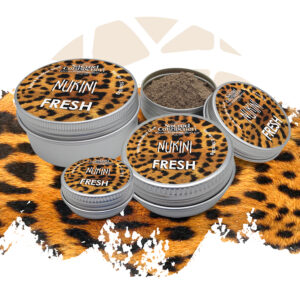
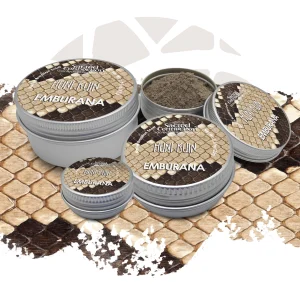
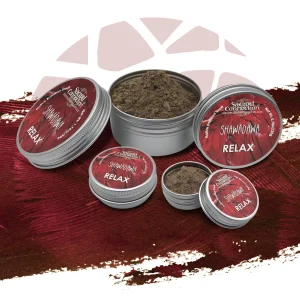

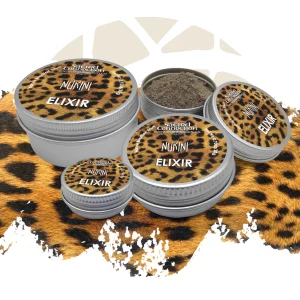
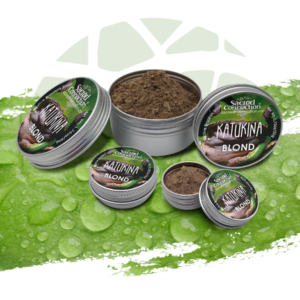
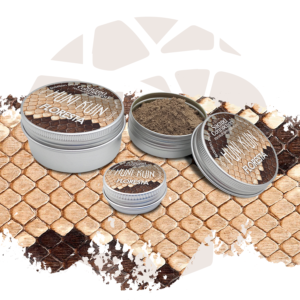
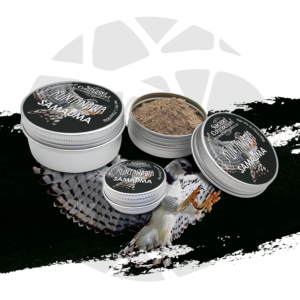
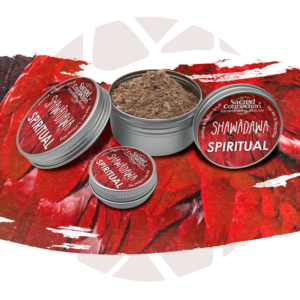
Reviews
There are no reviews yet.